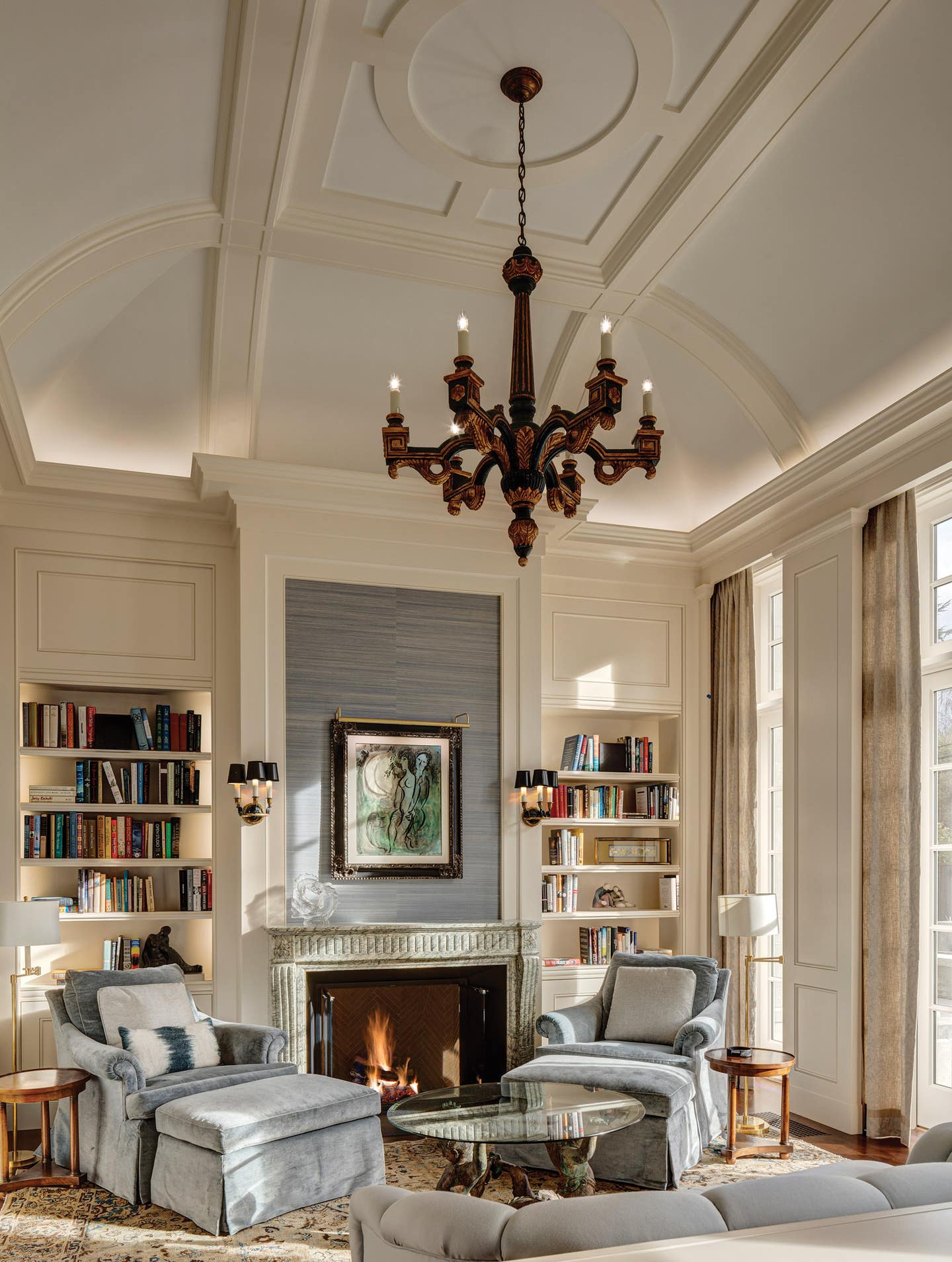
Features
English-Country Details with Zepsa Industries
In 1902, Julia Morgan became the first woman to receive a certificate from the esteemed Ecole des Beaux-Arts in Paris. Two years later, the California native was the first woman to obtain an architecture license in that state, going on to become a renowned Bay Area architect and classicist whose prolific career included work on Hearst Castle. Morgan was the 2014 recipient, posthumously, of the AIA Gold Medal, the highest award of the American Institute of Architects, making her the first female architect to receive this honor.
Fittingly, the Julia Morgan Awards, presented every two years since 2014 by the Institute of Classical Architecture & Art Northern California Chapter, recognize architects, designers, artisans, students, builders, and patrons on a regional level for their excellence in the contemporary practice and support of the classical traditions. The awards are given to those individuals, firms, and patrons who practice and value these traditions and, in turn, build on the enduring legacy of this pioneering woman architect.
The 2020 Julia Morgan Award recipient in the category of Artisanship & Craftsmanship is Zepsa Industries, a family-owned and operated architectural woodwork company, with more than 100,000 square feet of manufacturing space in New York, Florida, and their corporate headquarters in Charlotte, North Carolina. The award recognizes the fine millwork Zepsa produced and installed in a large residential estate south of San Francisco. John Gilmer of New York and Palm Springs is the project’s architect and interior designer, and San Carlos-based Marrone & Marrone is the contractor.
“The clients wanted a very traditional house and have an appreciation for fine woodwork, detailing, and shaped ceilings,” says Gilmer, who credits his time with Robert A.M. Stern Architects for his skill in interpreting classical architecture for today’s living. It was also at RAMSA that he first collaborated with and gained a respect for the high level of craftsmanship Zepsa Industries is known for.
The new home is a lighter and brighter English Country-style replacement for a 1930s Tudor house the clients had lived in for 20 years. Built in a modified U-shaped plan that engages the outdoors and surrounds a courtyard, the house’s remarkable character satisfies the owners’ affinity for beautiful woods, incorporating several species—mahogany, sapele, sycamore, walnut, white oak—and a variety of custom stains and topcoats. Zepsa Industries provided interior doors and jambs, cabinets, complex geometrical ceiling woodwork, radius wall paneling and fitted rooms, architectural grilles, standing and running trim, and a secret door/bookcase in the library. The project’s high level of complexity required nearly five years to complete, from design through construction.
“Congratulations go to the homeowner and the architect for developing the expression that they wanted through all of these different woods,” says Steve Ballenger, an account executive at Zepsa Industries who started out in their cabinet shop 35 years ago and has held various other roles within the company. Gilmer returns the compliment, saying, “The sheer volume of woodwork in the project, and fully paneled rooms and ceilings left little room for error and required a huge amount of coordination between us as the architects, the contractor, and Zepsa.”
The antithesis of a factory assembly line, Zepsa Industries is a high-end custom shop that Ballenger likens to 10 small artisan studios all working under one roof. Among the most intricate pieces executed by Zepsa for this home can be found in the upstairs study and in the library. Both rooms are fully paneled and have the type of arresting ceiling design the clients requested—the study a mahogany barrel-vault coffered ceiling; the library, done in Sapele, an octagonal coffered ceiling. In this room, a secret door concealed in a moving bookcase required complex engineering so as not to interrupt the woodwork with a door but still provide direct access to the master suite.
Octagonal ceilings were reprised in the back entryway where three sets of French doors with fanlights give the stair hall a connection to the outdoors. The dining room ceiling was cleverly shaped to conceal a major steel structural beam on one end of it. “We spent quite a lot of time figuring out that shape, so we could hide the beam and to also create a very interesting space,” notes Gilmer.
Replicas of each room were built in the Zepsa shop. First, they were crafted and assembled, leaving the wood unfinished to ensure that all the tone and grain character was coordinated and that the assembly worked. The rooms were then disassembled, the wood stained, and subsequently reassembled in the finished state. The integrity of Zepsa’s precisely wrought components is not compromised during installation, where the company’s own installers, not subcontractors, are on the job site to respond to any needs that may arise.
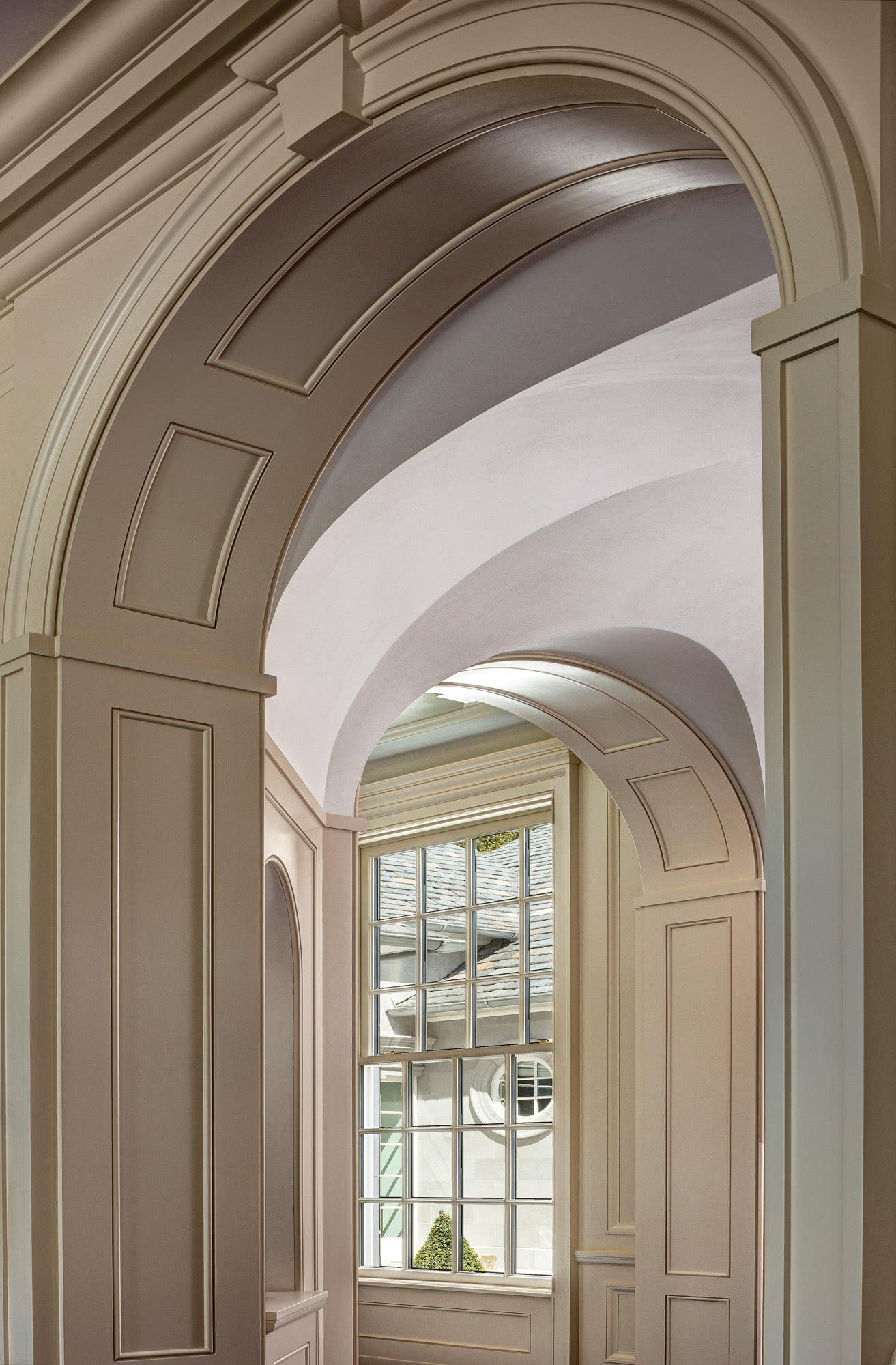
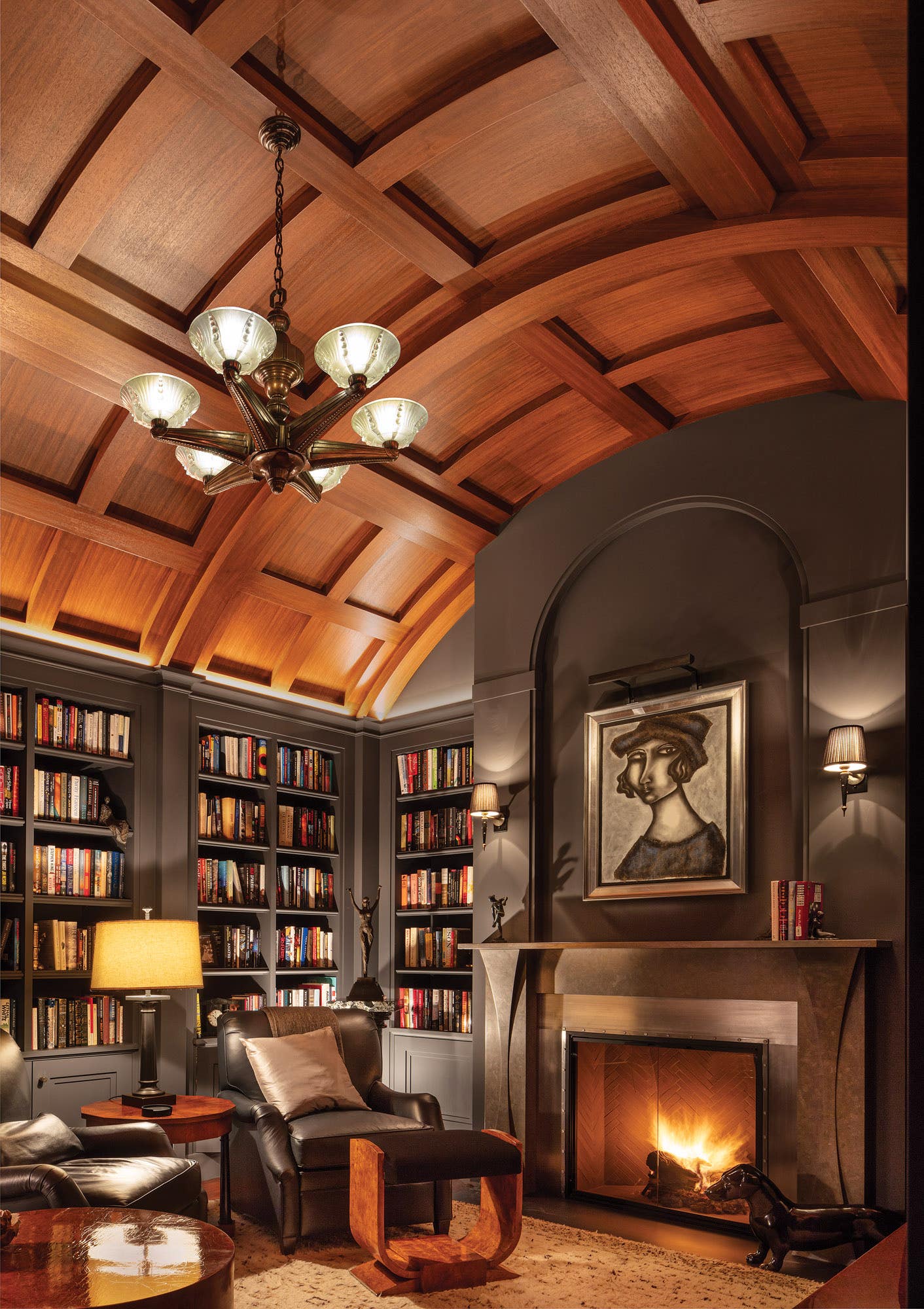
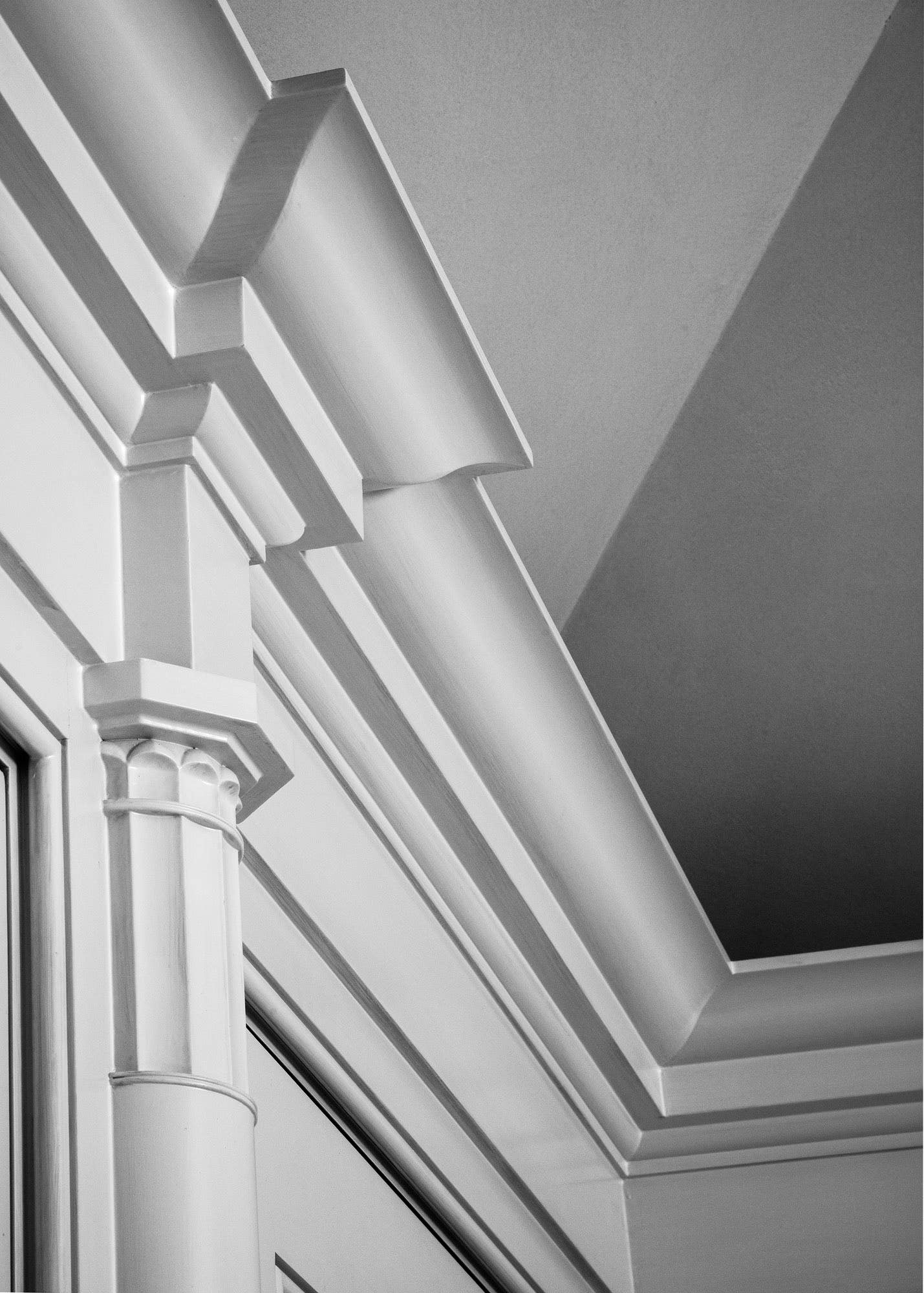
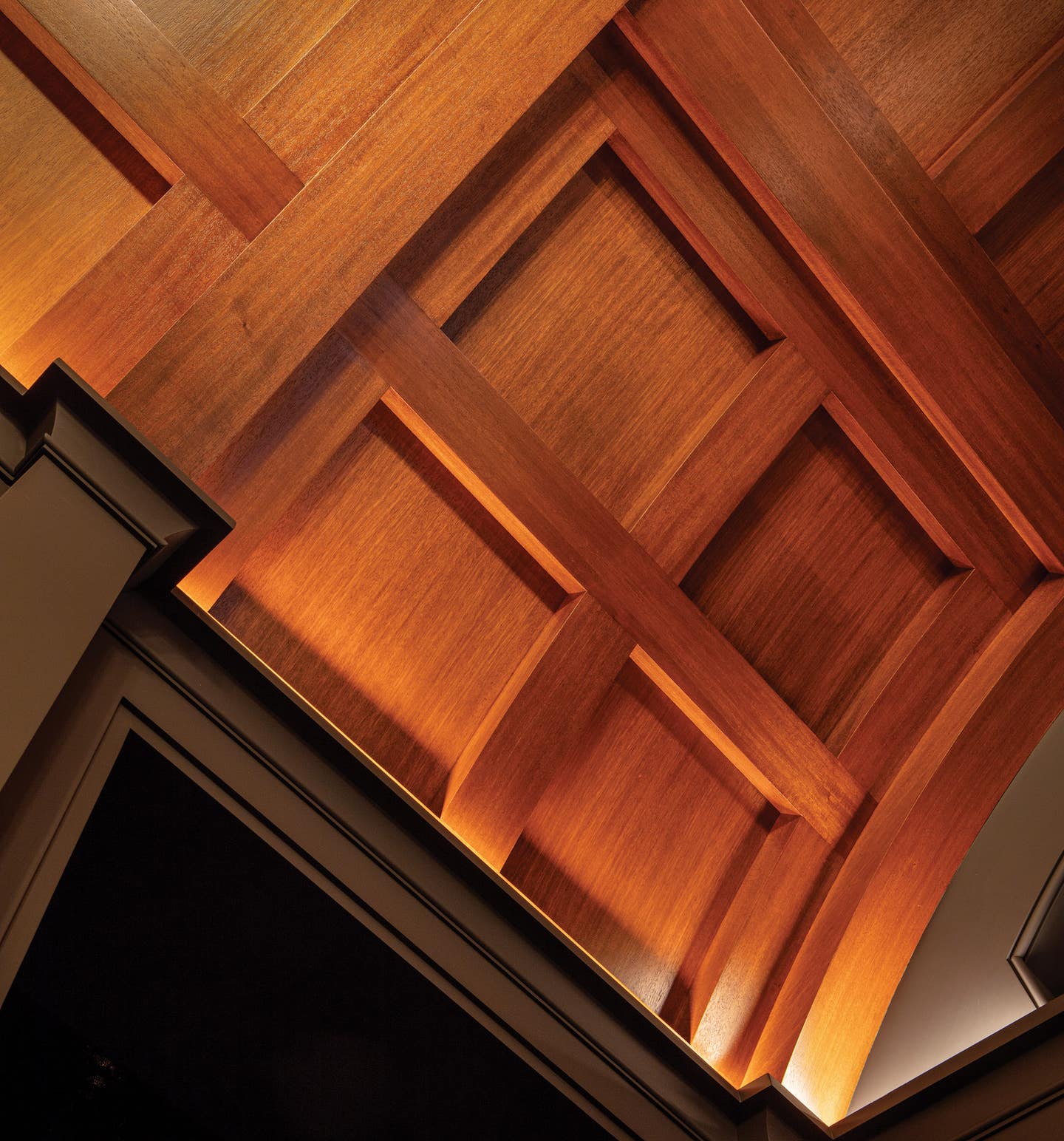
“This project allowed our joiners, craftsmen, and installers to practice their trade across a large scope of work … within a well-guided program defined by classical precedent,” wrote Zepsa in their submission to the Julia Morgan Awards. For their part, the award judges praised the superior level of production and artistry, with one saying: “From the drawings themselves, to the craftsmanship in the details—a very timeless and exceptional piece of work.”
Janice Randall Rohlf is a freelance writer who lives on Cape Cod, and is the former editor of Cape Cod View magazine for the Cape Cod Times.








